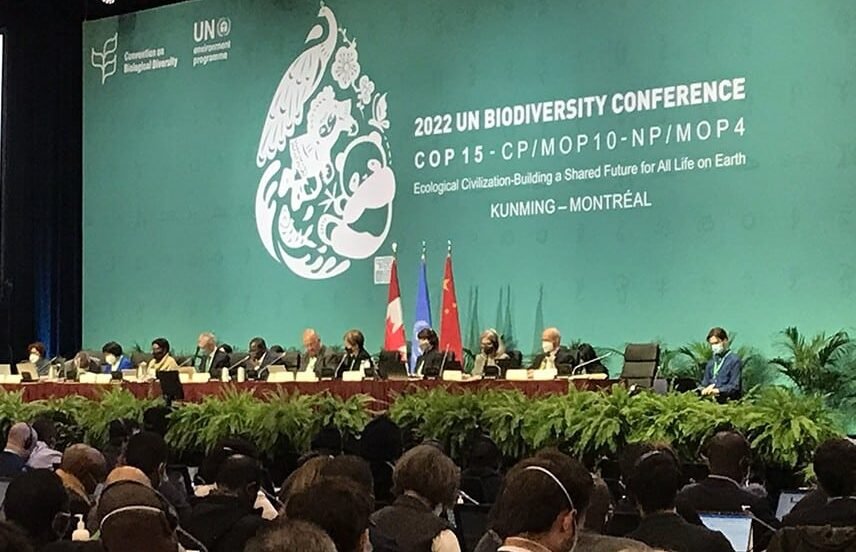The UN Biodiversity Conference (COP15) in Montreal seeks to reverse nature loss and restore biodiversity, but some groups suggested payments for this huge task with “biodiversity credit”.
According to a UN report, the world needs over $384 billion a year by 2025 to protect nature. That goes up to $674 billion by 2050. Biodiversity credits play a critical role to fill that money up.
The Concept of Biodiversity Credit
Biodiversity credits are patterned after the concept of carbon credits. Each carbon credit represents a 1 tonne reduction of carbon emissions.
However, things are more complicated with preserving or restoring biodiversity. There are plenty of metrics involved to track progress. So analysts can’t agree on many things.
For instance, what these credits must look like and how to use them. Some even say that the scheme may go wrong if it allows firms to buy credits as permits for degradation elsewhere.
As the debate continues during the summit, many questions remain on the table.
The hardest one to address is how to value biodiversity uniformly. There are simply millions of diverse species of flora and fauna. Plus, the biodiversity in each area is unique.
So, how should the market price the value of fungi living in a forest? Or the variety of plant species under the ocean?
No Unified Approach to Quantify Biodiversity Gains
Some organizations, including businesses and academics, believe that biodiversity credits can drive financing toward nature conservation. They have some proposals for different methodologies.
With nature’s complexity, various methodologies may exist, according to a founder of a biodiversity credit firm. For example, a well-preserved natural habitat may have to quantify only conservation costs. But an area that needs restoration may have to also measure increases in species richness.
Some don’t even propose to track the flora or fauna. They instead value efforts such as hiring rangers or implementing monitoring systems to avoid deforestation.
But there’s one approach that aims to measure and value biodiversity gains. Wallacea Trust, a UK non-profit, monitors at least 5 animal categories in an area. Each of them is valued based on how rare the species are in the country, and their abundance is estimated.
- For every 1% increase in species abundance/richness or prevented loss per hectare, one biodiversity credit is generated.
Implementing Voluntary Market for Biodiversity Credits
The big question remains on why companies should buy biodiversity credits with a lot of queries around them.
In Australia, the government makes it compulsory for companies to buy biodiversity credits to offset damage caused in one area and fund preservation in another. This may be the case with EU firms with new rules forcing them to disclose impacts on nature.
But some industry groups oppose the idea of the credits letting businesses offset destruction elsewhere.
However, negotiators at the COP15 summit focus their talks on the potential voluntary markets in the private sector. They’re not after the compliance markets where biodiversity credits trading is mandatory.
The draft of the COP15 discussion also hinted at the promotion of a related scheme “biodiversity offsets”.
Outside the summit, the World Economic Forum (WEF) and the Biodiversity Credit Alliance are discussing how to set up a voluntary market. They plan to launch it next year with a system that ensures the credits deliver their conservation claims.
Having a high standard in place is critical as a policy officer from a carbon credit platform noted:
“When you can point to many examples in a market of low quality or low standards, it creates distrust and it impacts the integrity of the overall market…”
Other experts caution that biodiversity credits will allow companies to “greenwash,” or make false claims of conserving nature.
But it’s worth emphasizing that biodiversity credits do not replace governments with strict laws prohibiting nature’s degradation. According to Pollination’s CEO, Martijn Wilder, governments must compel companies to invest in biodiversity.
Verra, one of the world’s largest registry of carbon credits, said it will reveal its own standard for biodiversity credits in 2023.


